Error E02 on a Beko dishwasher
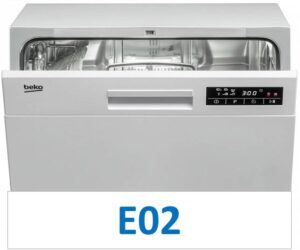 The very common error E02 displayed on the display of the Beko dishwasher informs about problems with water supply. The causes of the problem can be either external (water supply shutdown) or internal (damage to sensors). We'll tell you why the machine can't fill, and what parts to check first.
The very common error E02 displayed on the display of the Beko dishwasher informs about problems with water supply. The causes of the problem can be either external (water supply shutdown) or internal (damage to sensors). We'll tell you why the machine can't fill, and what parts to check first.
The Aqua Safe system has activated
Often the E02 error displayed on the display of a Beko dishwasher indicates that the leakage protection system has been activated. Therefore, you need to check “Aqua Safe”, which functions in a similar way to the more familiar Aquastop. If the dishwasher detects a leak, it will stop drawing water and start an emergency drain.
First, inspect the sensor located on the inlet hose of your Beko dishwasher. If the indicator turns red, it means that “Aqua Safe” has been activated. To reset the error, just replace the corrugation.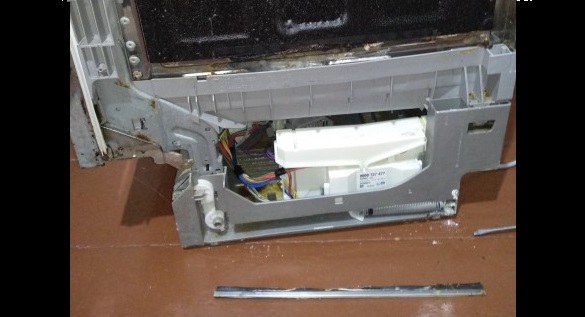
Next you need to look into the tray of your Beko dishwasher. If a leak occurs inside the PMM, then water collects there. The float sensor rises, and “Aqua Safe” blocks the operation of the dishwasher, stopping the water supply and starting an emergency drain. To reset the error, you will have to find the source of the leak and fix the problem.
Inlet filter element clogged
Often a Beko dishwasher cannot fill due to a clogged inlet filter. The quality of tap water in most Russian regions remains low. It flows through rusty pipes, so the liquid enters houses with various impurities.
To minimize the negative impact of dirty and hard tap water on the dishwasher, manufacturers install special filters in the PMM. The mesh protects equipment from impurities contained in the liquid. Over time, the filter element becomes clogged; cleaning it helps solve the problem.
To clean your Beko dishwasher inlet filter:
- de-energize the equipment;
- disconnect the machine from the water supply and sewerage;
- disconnect the inlet hose from the dishwasher;
- find the filter, it is located in the hose, in the place where water enters the machine;

- remove the mesh and rinse it in warm water (if necessary, clean the filter with a brush);
- put the screen back into the inlet hose;
- screw the inlet hose to the dishwasher body;
- make sure the connection is tight;
- run a test cycle and observe the operation of the PMM.
The PMM input filter must be cleaned regularly, at least once every six months.
Cleaning the filling filter of a Beko dishwasher is very simple; any housewife can cope with a similar task. The process itself will take no more than 10 minutes. If the mesh is clean, you will have to check the PMM inlet valve.
The valve stopped opening
Another possible cause of error E02 is a failed fill valve. You can determine its malfunction using a multimeter. If the tester shows that the solenoid valve is damaged, you will have to replace it - the element cannot be repaired.
Replacing the intake valve is easy. The algorithm of actions will be as follows:
- turn off the power to the Beko dishwasher, disconnect it from the water supply and sewerage system;
- Unscrew the screws securing the outer door panel and remove it;
- disconnect the wires from the control panel;
- remove the tidy;
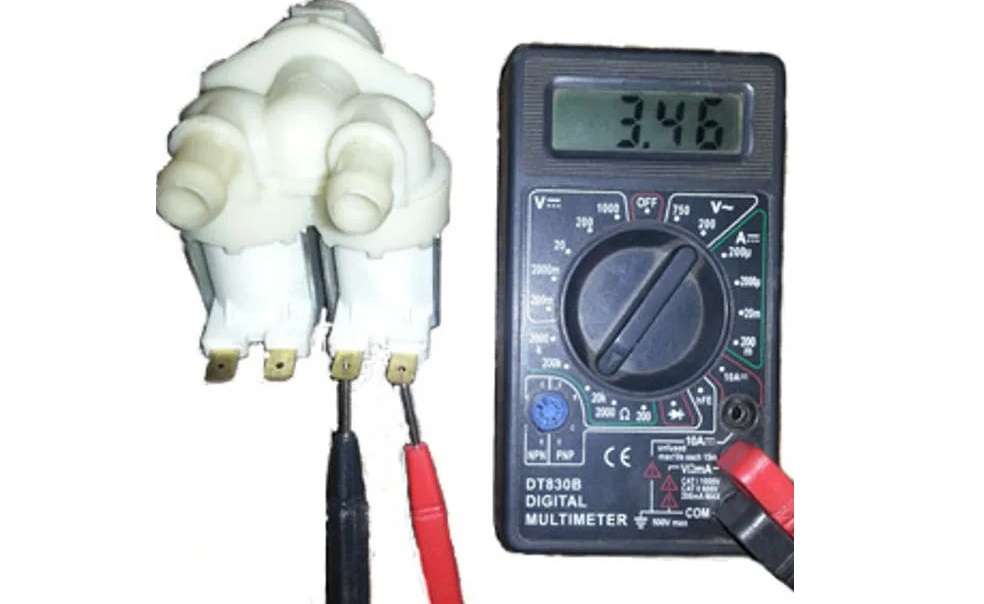
- disconnect the water supply line from the fill valve (using a wrench);
- Use pliers to remove the mounting clamp from the solenoid valve;
- disconnect the wiring and remove the valve from the PMM housing;
- put the new valve in place, connect the wires and pipes to it.
It is necessary to purchase components for a specific PMM Beko model. Even better is to dismantle the damaged valve and go to the store with it so that the consultant can select a similar spare part. After repairs, you need to check the dishwasher by running a test cycle.
The pressure switch is not working correctly
Also, this error code can be caused by an incorrectly working pressure switch. Therefore, he is next in line for verification. The water level sensor begins to transmit false information to the control module, and the dishwasher stops filling. The problem is solved by cleaning or replacing the element.
An incorrectly functioning level sensor, even when the machine is empty, will report that there is enough water in the dishwasher, and the “brain” will not give the command to add liquid.
Sometimes the pressure switch hose becomes clogged, causing the sensor to transmit erroneous information. The fitting can be cleaned. If this does not help, the element will need to be replaced. The algorithm of actions will be as follows:
- disconnect the dishwasher from all communications;
- open the PMM door, remove the dish baskets from the working chamber;
- remove the garbage filter, wipe out the water remaining in the hole;
- lay the dishwasher on its side;
- remove the dishwasher tray and find the water level sensor (this is a small plastic box with a tube connected to it);
- Unscrew the bolts securing the pressure switch;
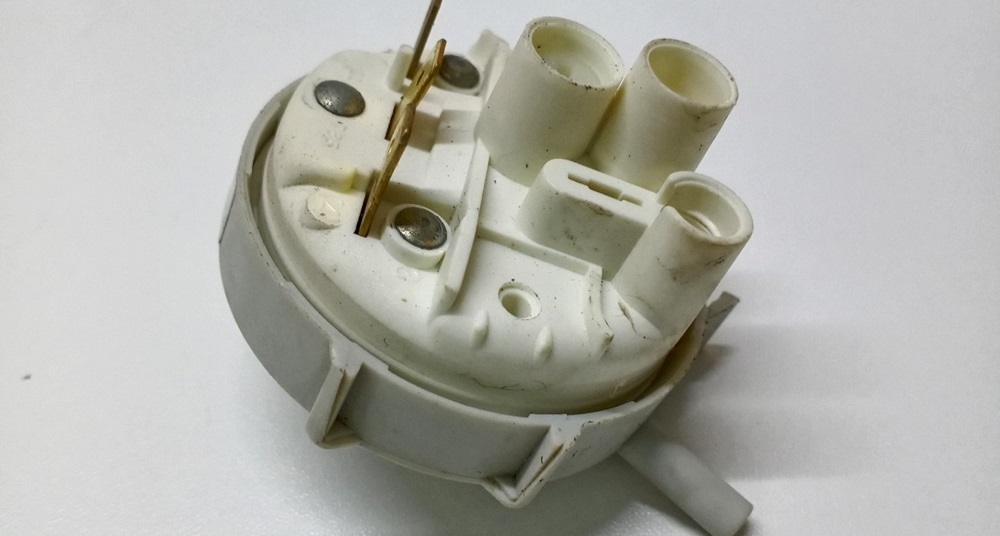
- disconnect the wires and pipe from the water level sensor;
- remove the old pressure switch and install a new water level sensor in its place;
- fix the part with bolts;
- Connect the pipe and wiring to the new pressure switch.
After assembling the housing, a washing test cycle is started as standard. But what to do if this did not help reset the code? Next in line to be checked will be the electronic module of the dishwasher.
The control module coordinates the operation of all components of the dishwasher. If it is damaged, the PMM can display any error code, including E02. It is better to entrust the diagnostics of the electronic unit to specialists - without experience and knowledge in this area, it will be problematic to detect a fault and repair this part.
Interesting:
Reader comments
- Share your opinion - leave a comment


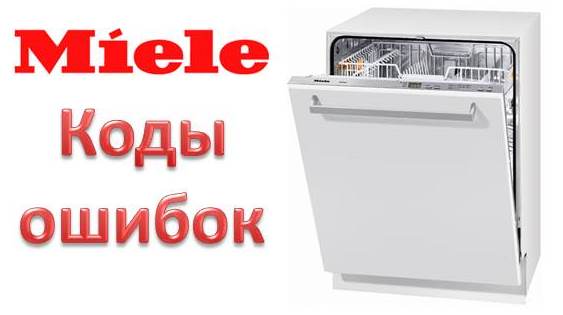

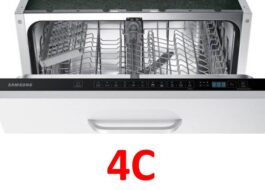
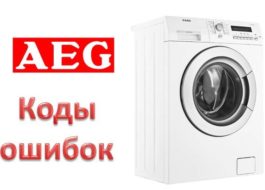
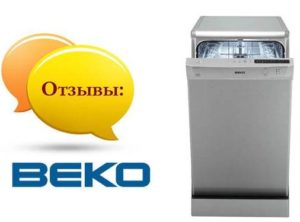














Add a comment